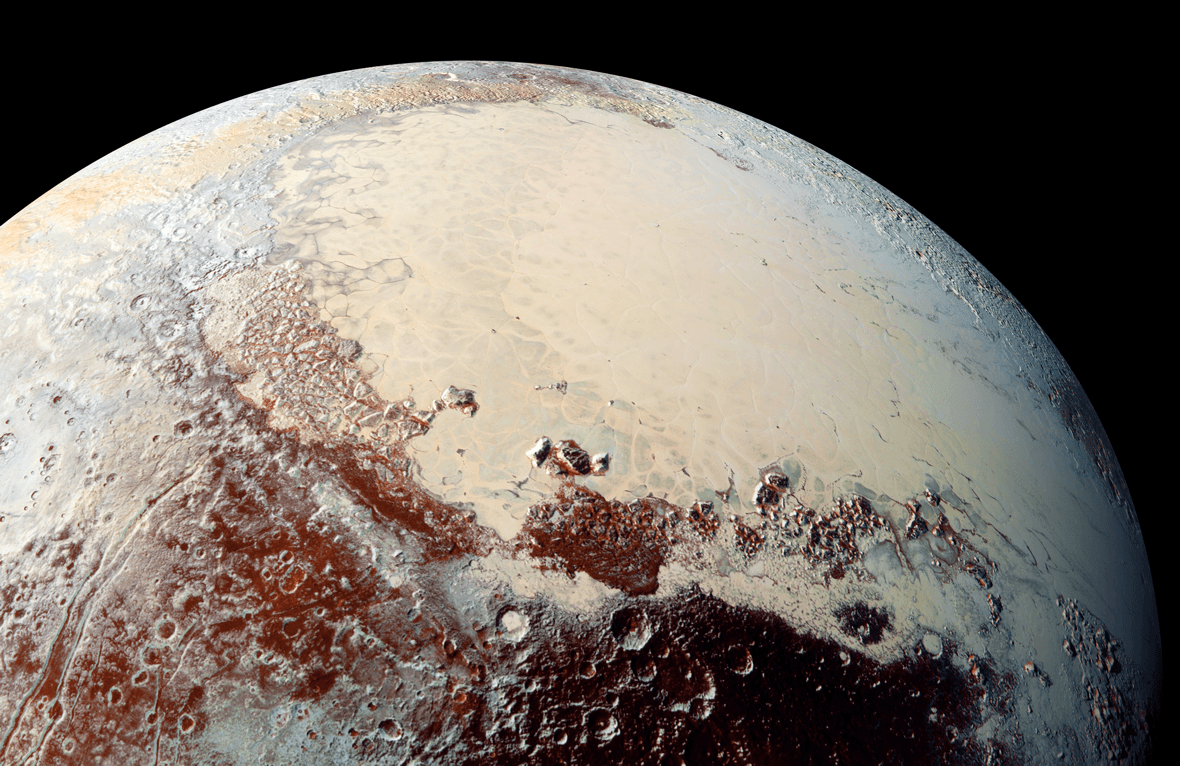Author of modern software, Jupiter on display: Your weekend reading list

Go Deeper.
Create an account or log in to save stories.
Like this?
Thanks for liking this story! We have added it to a list of your favorite stories.
The images released by the Apollo Archive have been spectacular, and the systems that made it all work are no less amazing.
This weekend, learn about Margaret Hamilton, the lead software engineer of one of those systems, the Apollo Guidance Computer designed to guide the spacecraft to the moon and back. Hamilton actually coined the term "software engineer."

Also this week, watch the video NASA stitched together from the Hubble Space Telescope annual Jupiter snapshots; see Saturn's moon, Enceladus; hear Bill Gates' idea for nuclear energy and learn about the most prolific Wikipedia editor.
Turn Up Your Support
MPR News helps you turn down the noise and build shared understanding. Turn up your support for this public resource and keep trusted journalism accessible to all.
Read this
• Her code got humans on the moon — and invented software itself
We often think of the Apollo program as giant machines, pillars of flame and crackling radio signals, but the software, and even the very principles of that software, were just as groundbreaking.
This work was done by Margaret Hamilton, who led the development of the Apollo Guidance Computer code that pioneered concepts like asynchronous computing and instant reboots. via Wired
• The most prolific editor on Wikipedia
Meet Wikipedia editor Justin Anthony Knapp — and hear why, in addition to his regular job and his two volunteer jobs, he is the editor with the most edits.
A leader among the more than 125,000 "active" editors that volunteer to keep Wikipedia accurate, Knapp talks about what Wikipedia means to him and why he is involved. via Priceonomics
• Raiders of the Lost Web
If a Pulitzer-nominated 34-part series of investigative journalism can vanish from the web, anything can. via The Atlantic
• Closest northern views of Saturn's moon Enceladus

While New Horizons has been furiously returning data on Pluto, NASA's Cassini has begun transmitting images of Enceladus, the 6th largest moon of Saturn.
Enceladus is a tiny moon, roughly 500 miles in diameter, covered in ice with what appear to be "curtain eruptions" of icy particles. via NASA
• Pluto as we know it now: NASA report unwraps enigma of dwarf planet
While NASA has been releasing spectacular images of the Pluto fly-by, scientists have been analyzing the data being sent back to create a full picture of the seen and unseen of the icy dwarf planet and its moons. via The Guardian & NASA
Watch this
• Hubble's planetary portrait captures new changes in Jupiter's Great Red Spot
via NASA
• The company determined to fix nuclear energy
TerraPower is one of Bill Gates' biggest bets in the search for an energy miracle. via The Atlantic


